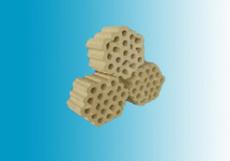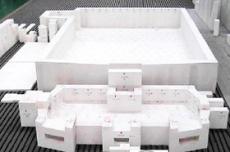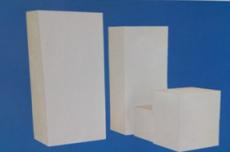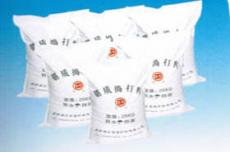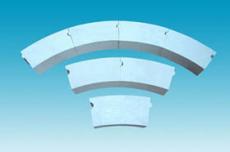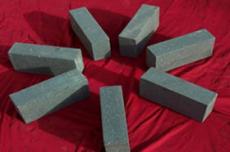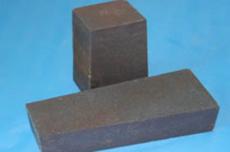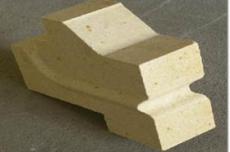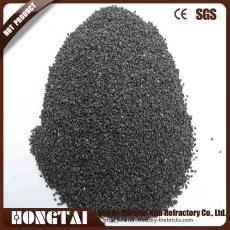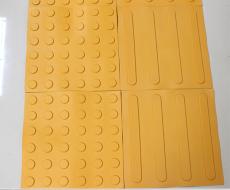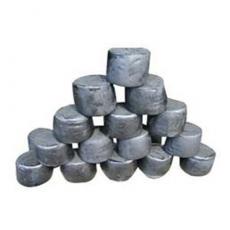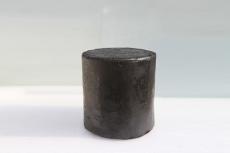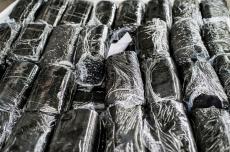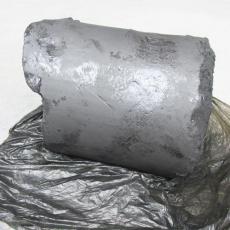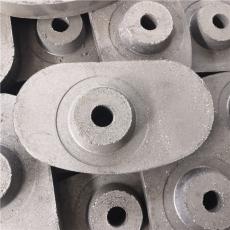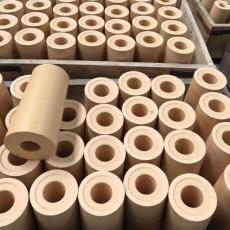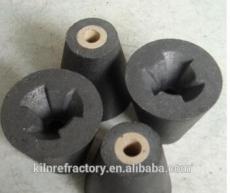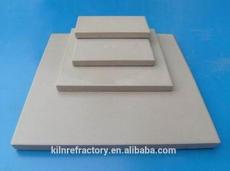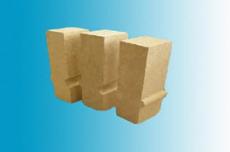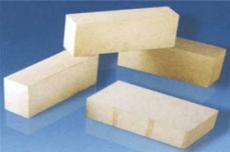
The refractory brick layer on the fire-facing surface of the gasifier is a consumable layer that is resistant to high temperature, corrosion and erosion. High-purity chromium oxide materials are generally used, generally called chrome-aluminum-zirconium bricks or high-chrome bricks. This part of the refractory material is required to have excellent high temperature resistance, high creep strength, thermal shock stability and good high-temperature chemical stability. During use, the main damage factors of high chrome bricks for gasifiers are:
01 Chemical erosion
High chrome bricks are mainly corroded by slag during use, followed by erosion by strong reducing gases in the furnace. The erosion of high-chrome bricks by slag includes the dissolution of ZrO2, Al2O3 and other substances in high-chrome bricks into the slag. In addition, SiO2 and CaO in the slag penetrate strongly into the bricks and react with the refractory components to form a thicker metamorphic layer. The erosion of high-chrome bricks by strong reducing gases such as CO and H2 is mainly caused by the gas and impurities in the bricks, such as SiO2 and iron-containing oxides, which react to generate gas overflow or react with CO under the action of iron oxides to generate C deposited in the bricks, causing the high-chrome bricks to swell and crack.
02 Mechanical wear
Mechanical wear mainly comes from the scouring of high-chrome bricks for gasification furnaces by high-speed gas and the slag it carries. The consequence of this scouring is that on the one hand, it accelerates the chemical reaction between the slag and the high-chrome bricks, on the other hand, it will take away the low-melting-point reaction products from the brick surface, and further accelerate the peeling process of the brick metamorphic layer and cracked parts.
03 Operating conditions
The operating process of the gasifier is also a key factor in the damage of high-chrome bricks.
a) Operating temperature: Practice has shown that for every 100°C increase in the operating temperature of the gasifier, the erosion rate of refractory bricks may increase by nearly 3-4 times.
b) Coal type: The ash melting point of the coal type determines the operating temperature of the gasifier. If the raw material coal ash melting point is too low, the viscosity of the coal ash is very small under production conditions, which will aggravate the erosion and penetration of the hot face bricks by the slag; for coal types with too high ash melting points, a certain amount of additives such as CaO, Fe2O3, etc. are often introduced when preparing water-coal slurry to reduce its molten flow temperature to the optimal value, but with the increase in the amount of CaO and Fe2O3 added, the erosion of high-chrome bricks is also aggravated.
c) Production load and start-stop times: According to statistics, for every 30% increase in production load, the service life of the hot face bricks is reduced by about 33%; usually, for each start-stop, the hot face bricks are eroded by 5-20mm, especially when the CaO content in the slag is high. This phenomenon is particularly obvious.
d) Burner: Experimental research and actual field operation show that the normal burner spray angle should be around 35°. If the angle is too large, it will cause serious scouring and peeling on the upper part; if the spray angle is too small, it cannot be completely gasified, resulting in reduced gasification efficiency. If the burner is installed offset, it will cause local erosion of the furnace lining.
